PRP Joint Injection San Diego
PRP, or platelet rich plasma, joint injection therapy is a technique that uses the patient’s own blood platelets to stimulate the healing of a variety of musculoskeletal conditions. PRP uses the body’s natural ability to repair damaged ligaments, cartilage, tendons and muscles.

What is PRP?
Platelet rich plasma is derived from the patient’s own blood and has a greater concentration of platelets than regular blood and it has been concentrated using a centrifuge. When the platelets are injected in the joint space, they have therapeutic benefits because they release growth factors that have regenerative properties and help with inflammation. Our PRP services in San Diego can provide beneficial benefits for many patients!
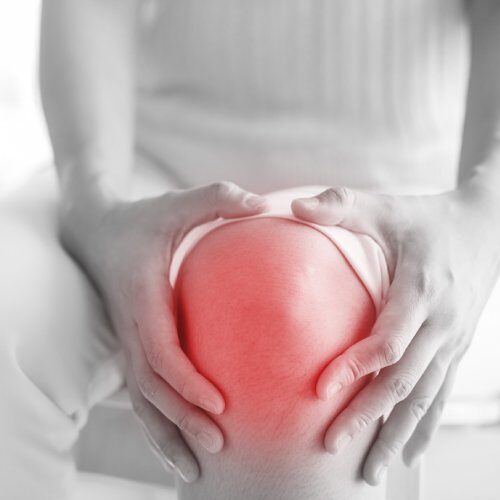
What is PRP helpful for?
PRP joint injection therapy can help with various conditions including:
- Joint pain
- Tennis elbow
- Golfers elbow
- Osteoarthritis
- Tendinitis
- Rotator cuff injuries
- ACL and MCL injury
Ultrasound and MRI imaging following platelet rich plasma treatment have shown definitive tissue repair, confirming the benefits of the treatment.
PRP can also greatly reduce the need for surgery by treating injured tissues before the damage progresses to a point beyond recovery.
What to expect on the day of PRP treatment?
On the day of your PRP treatment you can expect to be at our San Diego clinic for 1-2 hours.
Any imagining that you may have will be reviewed by our doctors, although this is not required, in addition to a physical examination.
A blood draw will be taken and your blood will be processed while you relax in our lounge. The blood is then centrifuged (spun) to separate the platelet rich plasma from the platelet poor plasma.
The final platelet rich plasma product is injected into the affected joint space. Before the procedure the skin is disinfected and a freezing solution is applied during the treatment to minimize pain and ensure patient comfort.
Patients can expect to return to their usual activities immediately afterwards.
Our staff will provide you with after care instructions.
Schedule Your In-Person or Virtual Discovery Call Today · 858-201-3171
Are PRP injections painful?
PRP injections are usually well tolerated by our patients. Patients generally rate the intensity of pain a 2-3/10. Our doctors are experienced and highly trained in injection therapy and try their best to ensure a comfortable and effective experience.
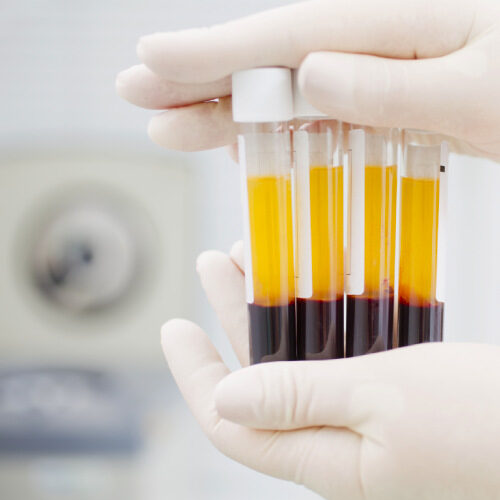
How long does PRP take to work?
Patients can see initial improvement within a few weeks, depending on the degree of injury or condition.
Studies and use in clinical practice have shown platelet rich plasma therapy to be helpful in relieving pain and allowing patients to return to their normal routine.
What are the risks of PRP?
- Allergic reaction to the solution or anesthesia
- Pain at site of injection
- Bruising and/or infection at the infection site
- Muscle spasms
- Itching at injection site(s)
- Swelling at injections site(s)
Is PRP covered by insurance?
PRP injections are unfortunately not covered by insurance at our naturopathic clinic located in San Diego. However, we are able to provide our patients with a superbill that can be submitted to their insurance for reimbursement.
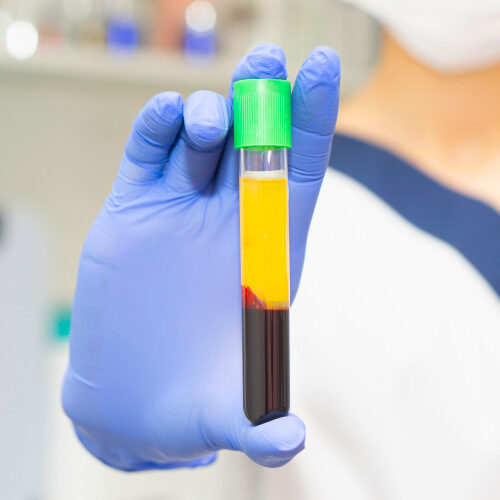
How does PRP work?
Platelet-rich plasma (PRP) therapy is a type of regenerative medicine that uses the patient’s own blood to promote healing and repair damaged tissues – it works by concentrating the platelets in the blood – which contain growth factors that help stimulate cellular activity and increase collagen production.
PRP contains a concentration of platelets which result in the release of growth factors that support tissue healing and repair. Proteins including platelet-derived growth factor (PDGF), vascular endothelial growth factor (VEGF), endothelial cell growth factor and fibroblast growth factor are stimulated in the body which suggests that platelet rich plasma may be helpful in conditions requiring tissue healing.
Studies have also shown that PRP can have positive effects on the development of cartilage and the production of type II collagen. Other studies suggest that platelet rich plasma can have a positive effect on meniscal cells, suggesting it can be used to effectively support meniscus healing.
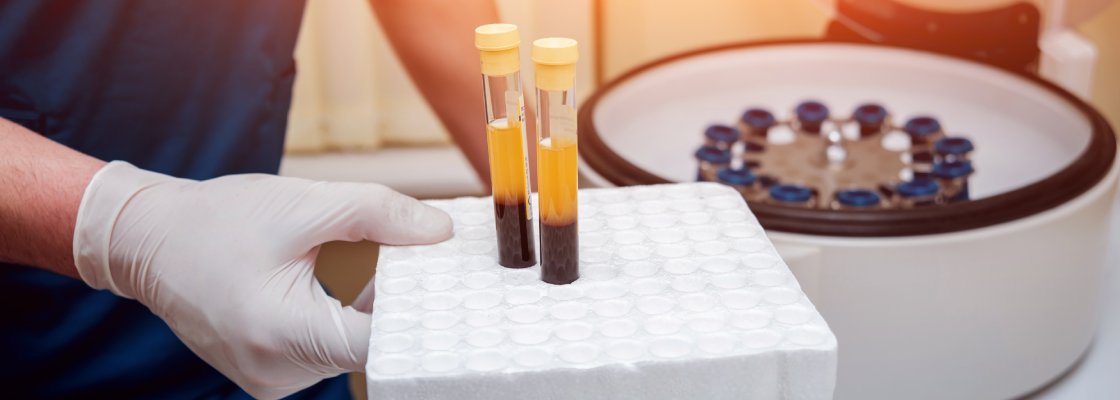
PRP versus Cortisone
A June 2021 study compared corticosteroid joint injections and PRP joint injections.
Platelet rich plasma was significantly better in reducing osteoarthritis symptoms (pain, stiffness, functionality) compared with corticosteroid injections, at three, six and nine months post-injection.
A series of three injections, generally separated by a week, were superior to single injections after 12 weeks.
Is PRP safe when used for joint injections?
Most patients experience little to no side effects after PRP injections. There are risks of bruising, infection, and pain following the treatment at the site of injection. Our naturopathic doctors located in San Diego, California, are highly trained and do their best to minimize chances of side effects from occurring.
On rare occasions, the lidocaine can cause some patients to temporarily experience headaches, nausea, sweating, and increased heart rate.
PRP therapy, when administered through joint injections, is relatively safe treatment option for patients with various musculoskeletal conditions.
The risk of infection transmission can be minimized by following proper preparation and administration techniques. Additionally, there have been no reported cases of allergy or hypersensitivity to autologous PRP injections.

FAQ
What are the contraindications for PRP joint injection therapy?
How to Prepare for PRP Injections
How does PRP work?

What to expect after a PRP joint injection
The first 4 days following the platelet rich plasma procedure is the most important to ensure optimal healing.
Platelet rich plasma stimulates inflammation in the body and calls blood and stem cells to the injected area to stimulate healing, so you can expect some swelling to last for up to one week.
It is important to avoid stressing the joint as this may cause the treatment to be less effective. Improvements can be seen for up to 3 months as ligaments and tendons take time to heal.
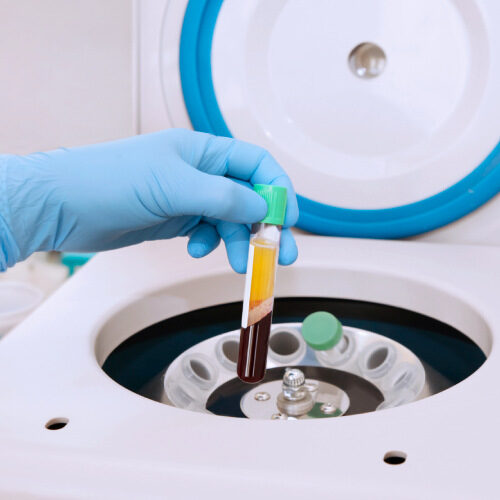
What is the number of PRP injections required?
The number of PRP injections required depends on the degree of joint dysfunction or the severity of injury.
For optimal results, 2-3 treatments are advised.
Some patients can notice significant improvements in as little as 1 treatment. It is important to note that individual results may vary, and not all patients will experience significant pain relief or improvement in joint function after PRP therapy.
Your healthcare provider can provide more information on the appropriate number of injections based on your specific condition and response to treatment.

Interested in PRP service in San Diego?
Are you suffering from joint pain or musculoskeletal conditions and need help dealing with these issues?
Look no further than Oasis Health & Medicine, a top-rated naturopathic clinic located in sunny San Diego. Our experienced healthcare professionals are dedicated to providing innovative and effective treatments that promote healing and improve your quality of life.
If you are interested in a platelet rich plasma service, consider scheduling a discovery call with one of our doctors to see if this is a right fit for you.
Don’t let joint pain hold you back any longer! Contact us at 858-201-3171 today to schedule a consultation and learn more about the potential benefits of PRP (Platelet-Rich Plasma) joint injection therapy – our team is here to help, so don’t hesitate to reach out with any questions or concerns you may have.
Together, we can work towards alleviating your pain and improving your overall wellbeing. Visit Oasis Health & Medicine, our conveniently located clinic in San Diego, California today and take the first step towards a healthier, more active lifestyle!
